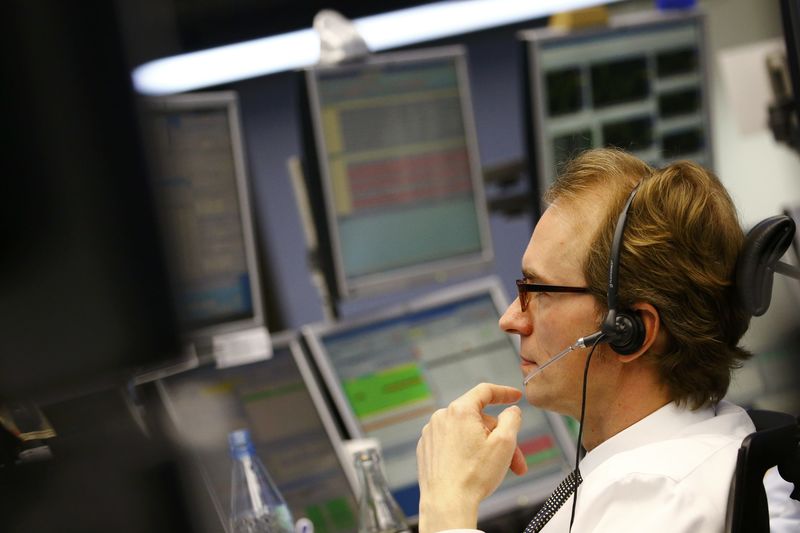In a Tuesday note to clients, Bank of America strategists previewed the imminent Q2 earnings season as investors brace for a new series of results following a solid Q1.
In the first quarter, Corporate America managed to deliver a strong earnings beat, with earnings per share (EPS) surpassing consensus estimates by 3%. This was achieved against a backdrop of an easier year-over-year comparison, reflecting a decline of 6% in Q2 2023 compared to a 3% decline in Q1 2023.
BofA strategists said they expect a 2% beat in Q2, which would be “in line with the historical average and the smallest since 4Q22.”
Despite a strong start, macroeconomic conditions have weakened since Q1. The Economic Surprise Index (ESI) has reached its lowest level since June 2015, indicating a potential 3% miss in Q2 earnings. However, historical data provides some optimism: post-global financial crisis, EPS have beaten expectations 91% of the time when the ESI was negative, averaging a 3% beat.
“An EPS miss is rare,” strategists highlighted.
BofA’s Q2 preview indicates that while economic indicators may suggest a weaker quarter, analysts have maintained their earnings estimates since March. This is a significant departure from the typical trend where estimates are cut by 4% on average into earnings, implying that analysts are confident in their forecasts.
“Both our earnings revision ratio & guidance ratio improved in 2Q, and Bofa indicators suggest growth is holding up. Conversely, we estimate FX was a 100bp headwind to sales, the biggest hit since 1Q23,” strategists noted.
One significant factor to watch this earnings season is the anticipated shift in growth dynamics, according to BofA’s team. Q2 is expected to mark the first quarter of EPS growth for the “Other 493” companies in the , excluding the Magnificent 7, since Q4 2022. In contrast, growth for the Magnificent 7 is expected to slow for the second consecutive quarter and continue to decelerate into Q3.
“Growth is broadening out and so should the market,” strategists remarked.
BofA also highlights that while demand is the primary driver of earnings, inflation is a lagging indicator. The good news is that the anticipated demand recovery for the second half of the year isn’t overly optimistic.
Excluding the Magnificent 7, consensus expects just a 1% real sales growth in the second half. This modest expectation is supported by the end of the de-stocking cycle, which has been one of the sharpest in history. The ratio of new orders to inventories has improved, suggesting that the inventory correction phase is nearing its end.
“While the 14% EPS growth expected in 4Q looks high, over 60% of growth comes from the Mag. 7, non-recurring expenses in Health Care from last year, and Financials,” BofA’s note adds.
Lastly, BofA pointed out that the upcoming earnings season should also provide new insights into the impact of AI investments.
While monetization of AI is likely to take longer than initially hoped, major tech companies continue to invest aggressively. Consensus expects a 34% increase in capital expenditure (capex) from hyperscalers in 2024, totaling around $200 billion.
“The key question is whether they will continue to invest aggressively even if monetization is pushed out. For now, there are no signs of slowing investments, and we believe we’re in the early innings of an AI investment cycle,” strategists said.
Read the full article here


